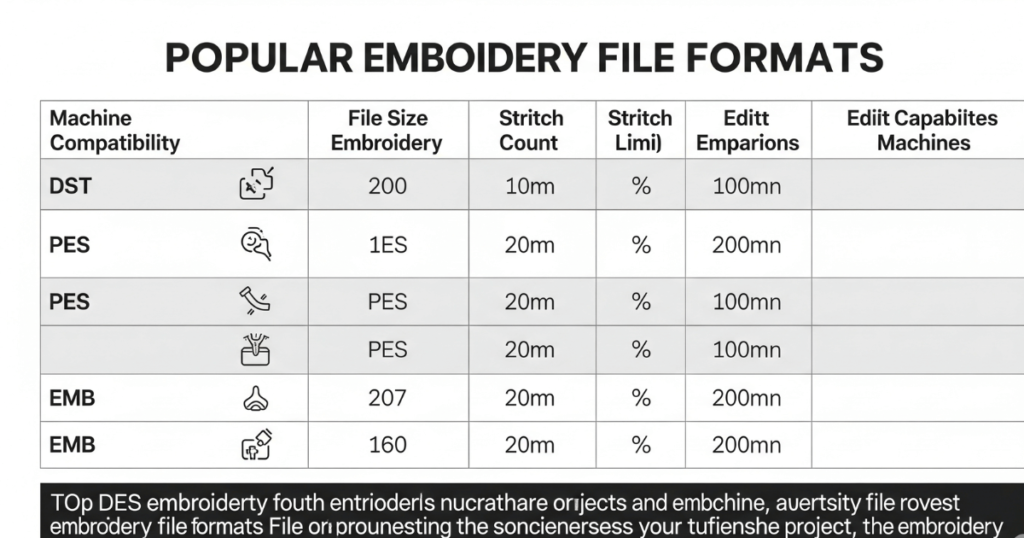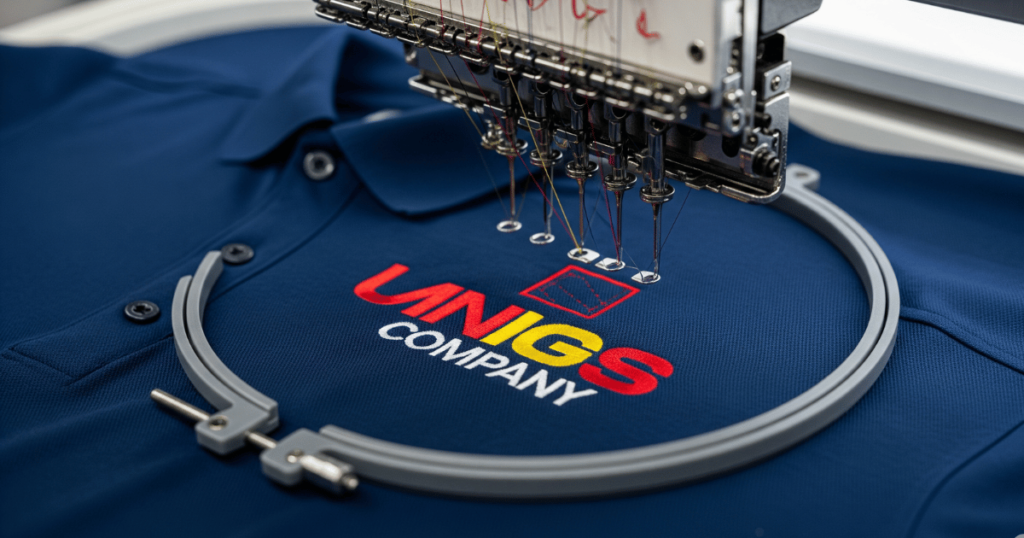On a rainy afternoon in Chicago, a small apparel business owner struggled with a client’s intricate logo. It had gradients, fine lines, and unique typography. Traditional embroidery methods failed to capture its essence. That’s when she discovered embroidery digitizing—a method that would not only save the project but also change the trajectory of her design process.
Today, digitizing for embroidery isn’t just a technical process—it’s an essential part of modern-day apparel and textile production.
What Is Embroidery Digitizing?
Embroidery digitizing is the process of converting artwork into a digital file that embroidery machines can understand. These files guide the machine’s needle in terms of path, stitch type, density, and color changes. It eliminates guesswork and manual effort, delivering precise results.
Why Digitizing Has Become a Design Standard
With more consumers demanding customized apparel, from monogrammed baby blankets to corporate swag, precision and repeatability are crucial. Here’s where digitizing changes the game:
- Accuracy: Digitized files ensure designs are stitched exactly as intended.
- Efficiency: Speeds up production with fewer manual interventions.
- Versatility: Works across a wide range of materials, from cotton to leather.
How the Process Works
The digitizing process begins with uploading a design file—typically in formats like JPG, PNG, or AI. Then, using specialized software, a digitizer assigns stitch types (satin, fill, run) and guides the pathing for optimal efficiency.
Once digitized, the file is saved in machine-compatible formats like DST, PES, or EMB. This format is then transferred to the embroidery machine, which executes the stitches based on the encoded data.
The Human Skill Behind the Tech
Even with advanced software, digitizing isn’t just clicking buttons. It requires a human touch—a deep understanding of fabric types, thread behavior, and machine limits. That’s why services like digitizing for embroidery continue to be in demand. The goal isn’t just machine readability, but also aesthetic quality.
Industries That Rely on Digitizing
Digitizing supports a wide range of sectors:
- Fashion Brands: Custom embroidery on caps, jackets, and accessories.
- Corporate Companies: Branded uniforms and promotional items.
- Sports Teams: Logos on jerseys and merchandise.
- Schools and Universities: Emblems, mascots, and event apparel.
- Nonprofits: Custom stitched items for awareness campaigns.
The Role of File Formats in Quality Control
Choosing the right file format is critical. For instance, DST files are compatible with most commercial embroidery machines but may lack editing capabilities. EMB files are editable and store more design data, making them perfect for tweaks and revisions.

Common Mistakes in Digitizing
While the technology is powerful, misuse can lead to issues like:
- Thread breaks: Poor pathing or wrong stitch density.
- Puckering: Design too dense for the fabric.
- Misalignment: Incorrect hooping or inadequate stabilization.
By partnering with experienced professionals, these errors can be prevented entirely.
How Digitizing Saves Time and Cost
Contrary to belief, digitizing doesn’t slow down the process—it accelerates it. A well-digitized file reduces the number of test runs and reworks, saving both material and labor costs.
Why Professional Digitizing Services Matter
Automated tools may tempt many into DIY digitizing. However, machine output is only as good as the input. Professionals understand layering, compensation, and the quirks of different machines, ensuring your project isn’t compromised.
Digitizing for embroidery done by experts guarantees optimal results with fewer production delays.

The Future of Embroidery Digitizing
Looking ahead, AI integration and cloud-based digitizing tools will further streamline the process. Still, the human skill behind pathing and aesthetics will remain crucial. The best results will always come from the synergy of technology and experience.
Conclusion
Digitizing for embroidery has revolutionized textile customization. From speeding up production to enhancing design precision, it empowers creators to bring their ideas to life—accurately and beautifully.
Whether you’re running a small shop or managing large-scale apparel orders, professional digitizing services are no longer optional—they’re essential. What design are you planning to digitize next?



